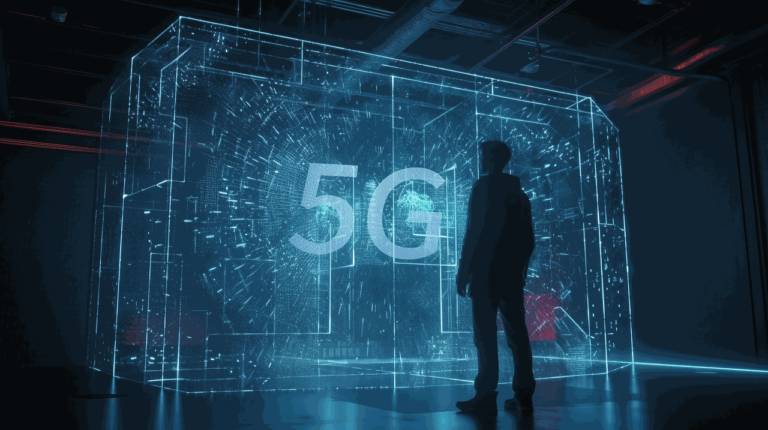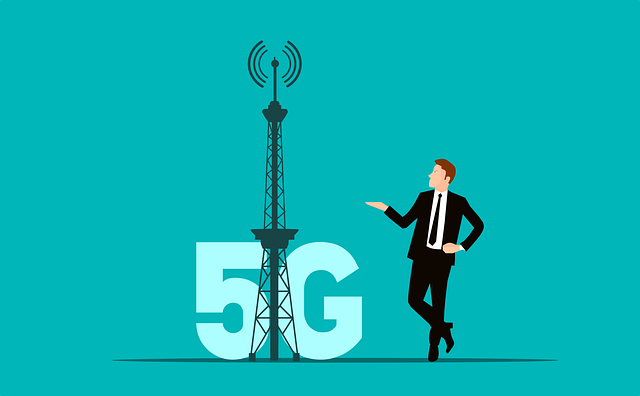
The 5th generation of wireless technology represents a significant advancement from its predecessors. 5G technology was designed to make wireless networks better. This network technology works faster, reduces the time it takes for data to travel, and allows more stuff to be connected simultaneously. 5G network operates in a broader frequency spectrum, including higher frequency bands known as millimetre waves. These high-frequency bands enable faster data transmission, but their range is limited, requiring the installation of more small cells and antennas.
5G technology uses higher frequency radio waves to transmit and receive data between devices and towers. These higher frequency waves can carry more information, enabling faster data speeds. 5G uses advanced technologies and techniques to reduce latency and increase network capacity. This combination of higher frequencies, advanced technologies, and increased capacity makes 5G a powerful and efficient wireless technology. This article will explore how 5G works, exploring its essential components and underlying principles.
1) Millimeter Waves : 5G utilizes millimetre waves with higher frequencies and shorter wavelengths. While these waves can quickly transmit large amounts of data, they have limited range and are susceptible to obstructions.
2) Small Cells : 5G networks rely on a dense network of small cells, which are smaller base stations that cover a smaller area, to overcome the limitations of millimetre waves. These small cells help improve coverage and capacity in urban environments.
3) Beamforming : 5G uses beamforming, which directs signals toward specific devices rather than broadcasting them in all directions. This 5G improves the efficiency of signal transmission and enhances network capacity.

5G technology offers several key advantages :
1) Faster Speeds : With speeds up to 100 times faster than 4G, 5G allows for almost instantaneous downloads, seamless streaming of high-resolution content, and smoother real-time applications.
2) Low Latency : 5G technology significantly reduces latency and data travel time between devices. This low latency enables real-time communication and supports applications that require immediate responsiveness, such as remote surgeries and autonomous vehicles.
3) Massive Device Connectivity : 5G networks can support many connected devices simultaneously, making it ideal for the Internet of Things (IoT) ecosystem. 5G enables seamless connectivity between various devices and systems, fostering innovation in smart homes, smart cities, and industrial automation.
While 5G offers immense potential, it also comes with certain drawbacks:
1) Limited Coverage : Due to the higher frequency bands used by 5G, its coverage area per tower is relatively smaller than previous generations. This network technology necessitates the installation of more small cells and antennas to ensure widespread coverage, which can be challenging and expensive.
2) Infrastructure Requirements : Implementing 5G requires a significant infrastructure overhaul, including installing new towers, small cells, and fibre optic cables. The extensive deployment and upgrade costs can pose a substantial challenge for telecommunication providers.
3) Potential Interference : Using high-frequency millimetre waves in 5G can be susceptible to interference from physical objects such as buildings, trees, and rain. This interference can affect signal quality and coverage, especially in dense urban areas.


